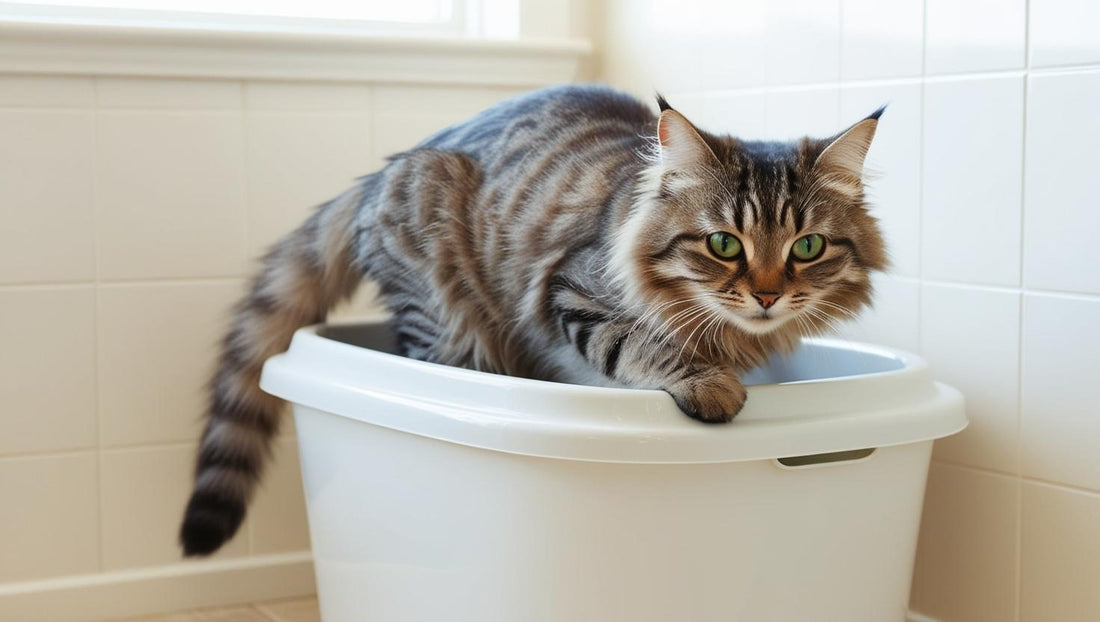
Mastering Litter Box Training: A Stress-Free Guide for Cat Owners
Share
Litter box training might seem daunting at first, but with the right approach, it can be a smooth and rewarding experience for both you and your feline friend. Whether you’re training a curious kitten or helping an older cat adjust, these tips will guide you through every step of the process.
Step 1: Choose the Right Litter Box
The first step in litter box training is to choose the right litter box for your cat. There are many different types of litter boxes available, including automatic, self-cleaning, and traditional litter boxes. Consider your cat's age, size, and personality when selecting a litter box. For example, kittens may require a smaller litter box with lower sides, while adult cats may prefer a larger litter box with higher sides.
Step 2: Place the Litter Box in the Right Location
Once you've chosen the right litter box, it's essential to place it in the right location. Cats are territorial creatures and prefer quiet, low-traffic areas for their litter box. Placing the box near their usual resting or feeding areas can also help them feel secure. Also, make sure the litter box is easily accessible to your cat, as they may not want to venture too far to use it.
Step 3: Use the Right Litter
Unscented litters are generally preferred by cats, as strong scents may irritate their sensitive noses. If your cat has sensitive paws, opt for fine-grained or soft-textured litters.
Also, consider using a litter that is designed for your cat's specific needs, such as a litter that is gentle on their paws or helps to reduce hairballs.
Step 4: Encourage Your Cat to Use the Litter Box
Reward your cat with praise or treats whenever they use the litter box successfully. Avoid punishing accidents, as this can cause anxiety and make training more difficult. Start by placing your cat in the litter box after meals or playtime to create a positive association. You can also try sprinkling treats or toys in the litter box to make it more appealing. If your cat is hesitant to use the litter box, try placing them in it gently and encouraging them to go.
Step 5: Clean the Litter Box Regularly
Finally, it's essential to clean the litter box regularly to keep your cat healthy and happy. Scoop out solid waste daily and change the litter completely every 7-10 days. A simple but practical designed litter box will make you clean smoothly and remove odor effectively. Otherwise ,you can also try using a litter box cleaner or odor eliminator to keep the litter box smelling fresh.
Common Litter Box Training Challenges
While some cats take to litter box training naturally, others may need extra encouragement. Here’s how to tackle common issues:- Accidents outside the litter box
- Refusal to use the litter box
- Litter box avoidance
Litter box training can be a challenging but rewarding process. By following these steps and tips, you can help your cat learn to use the litter box properly and maintain a clean and healthy environment. Remember to be patient and persistent, as every cat is different and may require more time and effort to train.
